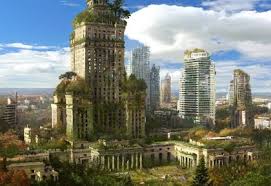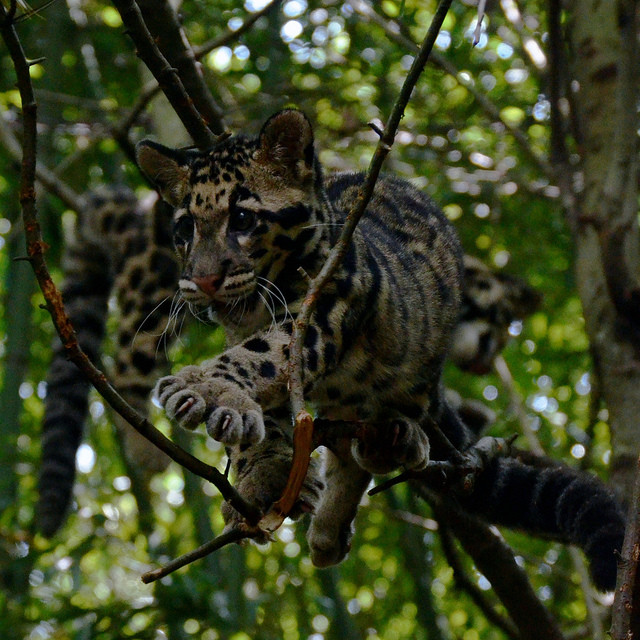So, in a post-apocalyptic setting, when humans have gone extinct and their cities fell into ruin, I was wondering what animals might evolve to conquer the ruins of our cities.
Notice: I know that all our structures (except for stuff like Mount Rushmore and Petra.) would probably be gone by 10,000 years, but let's add a zero onto that for speculation's sake.
So, if a big cat of the Panthera genus (I would be surprised if this wasn't the Indian leopard, which is already beginning to make a habitat out of our cities.), was to evolve to climb tall, ruinous buildings, as well as jumping from rooftop to rooftop, what physical adaptations would it need. Are there any other adaptations for post-apocalyptic city life that cats could evolve?



